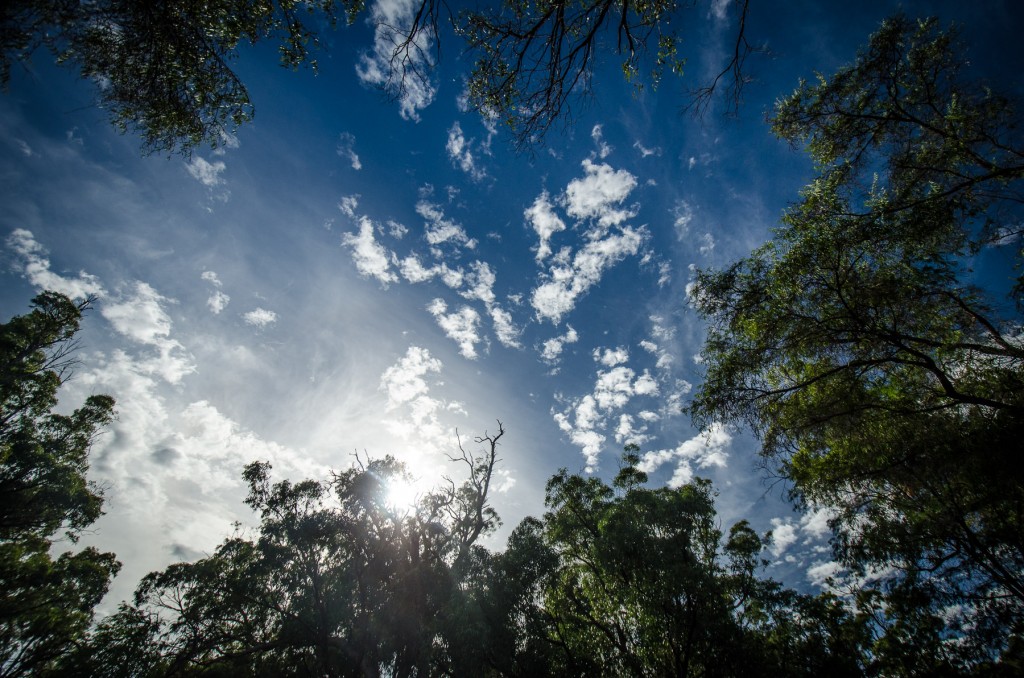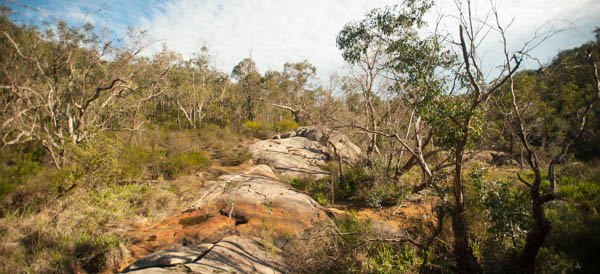Ghost House Walk
Top Trails of Western Australia
Ghost House Walk
The park lies about 42 kilometres north of Perth and aside from the 400-or-so caves that have been recorded in the park, there are nine walking trails on offer that range from a short 500 metres trail (Dwerta Mia) to the more challenging ones that are as long as 50 kilometres (Coastal Plain trail, that ends at Melaleuca Park).
Difficulty Rating : 2.0 / 10.0
(Class 2 - Very Straightforward)

Getting There
After paying the (AUD12) fee for vehicle entry, all the hikers from Meetup's 'Young Perth Hikers' group began to gather on the lawn outside McNess House Visitors Centre. We then introduced ourselves to each other and made sure that all the essentials (first aid kit/training, sufficient water, sun protection, etc) were covered. Soon after, we turned eastward and started to walk.

The Ghost House Walk offers plenty of variety as it ended up passing through heath as well as tuart forests and banksia woodlands. Shortly into the trail, we were greeted by a flock of large Carnaby's Black Cockatoos (Calyptorhynchus (Zanda) latirostris), that flew over our heads and perched atop a few vertical posts as they watched us walk past. The cockatoos are endemic to south-western Australia and are recognised as an endangered species.

Kookaburras (Dacelo novaeguineae) were also spotted along the trail. They are terrestrial tree kingfishers that are native to Australia and New Guinea and are well-known for their loud calls that (to me, and to others as well) are reminiscent of a human cackle. The name itself was derived from the name given to it by the Wiradjuri people, 'guuguubarra' - an onomatopoeic name from its call. I was also on the lookout for western grey kangaroos (Macropus fuliginosus) but considering the noise the group was making, I was not surprised that none were spotted.
Next : Ghost House Walk (Part 2)
Australia Overview





Hi Ramon, if you’re interested I’ve since done some research in to the “Ghost House”. The ruins on the Ghost House Trail are those of the chauffeur’s quarters and garage of a building used by L E Shapcott for entertaining on weekends, an eccentric former WA public servant credited with the creation a series of reserves, including Yanchep and what is now John Forrest National Park.
http://www.environment.gov.au/cgi-bin/ahdb/search.pl?mode=place_detail;place_id=17223
http://adb.anu.edu.au/biography/shapcott-louis-edward-8397
Thanks Damien for that extra bit of info! That’s research that I should have done before writing the entry! Whoops! 😀